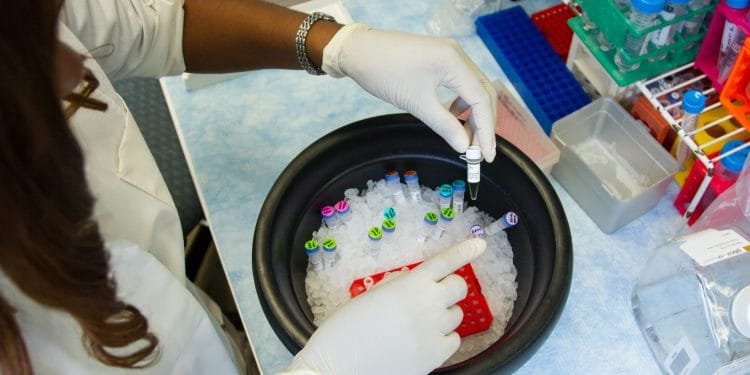Introduction: The Role of Single Cell Transcriptomics in Cancer Research
Single cell transcriptomics is a process of analyzing the genes and their expression in the single cell. It can be used to study the genomics of individual cells and how they relate to cancer.
Single Cell Transcriptomics has been used in cancer research to study the genetic makeup of cells. This process can help scientists understand how different genes affect a person’s risk of getting cancer and what treatments can work best for them.
A lot of people are interested in this field because it is a new way to look at cancer research, but there are some challenges that need to be solved before this method becomes mainstream. Scientists need more data on different types of cancers, which requires more funding for research.
A cancer cell is a unique entity that has the ability to divide and replicate indefinitely. The study of single cells enables us to understand the biology of cancer cells at a genome level, which helps in identifying potential targets for therapy.
The importance of single-cell transcriptomics in cancer research lies in the fact that it can provide an unprecedented view into the molecular landscape of a tumour and its evolution over time.
What is Single Cell Transcriptomics?

Single Cell Transcriptomics is a technique used to study gene expression in single cells. This technique is very useful in studying the effect of drugs on cells and how they respond to environmental factors.
Single Cell Transcriptomics is a recently developed technique that has been widely applied in many fields of research, including drug discovery and development, toxicology, cancer biology, and neuroscience.
Spatial Transcriptomics is a technique that has been used to study gene expression in single cells. It has been used in the field of cancer research to identify mutations in tumor cells.
How to Conduct Single Cell Transcriptomic Studies?

Single-cell transcriptomics is a powerful technique for studying cellular heterogeneity. It provides a snapshot of the genetic landscape of a cell and its immediate environment, and it can be used to study diverse biological processes. Single cell RNA-seq has been used to study diverse biological processes, including development, differentiation, immunity and cancer metastasis and drug response.
In this section we will discuss how to conduct single cell transcriptomic studies. We will also provide some use cases of single cell transcriptomic studies such as developmental biology and cancer metastasis.
A single cell transcriptomic study is a technique used to study the gene expression of a single cell. The goal of this technique is to understand the spatial transcriptomes, which are the patterns of gene expression across an entire organism.
It is a difficult task for scientists to collect and analyze data from single cells because they are so small. To do this, scientists will use microfluidics chips that can isolate and capture one cell at a time.
What Are its Implications for Future Research and Treatment Development in Cancer?

There are many implications that arise from the future of cancer research. One of the most prominent is that the future of cancer research will be more focused on prevention and early detection.
The future of cancer treatment development is also very promising. The treatments for cancer today are very effective in treating cancers, but they can also have side effects and toxicity to healthy cells. As a result, there are a number of new therapies being developed to target specific types of cancers, which could potentially be more effective than current treatments without side effects or toxicity to healthy cells
The future of cancer research and treatment development is closely related to the understanding of the cancer cell and its environment. The future of cancer research is also closely related to the understanding of how cancers evolve and how they can be treated.
Cancer cells are constantly changing their form, which makes it difficult for scientists to predict what will happen in the future. With this, there are many possibilities for treatments in the future.






















































